-
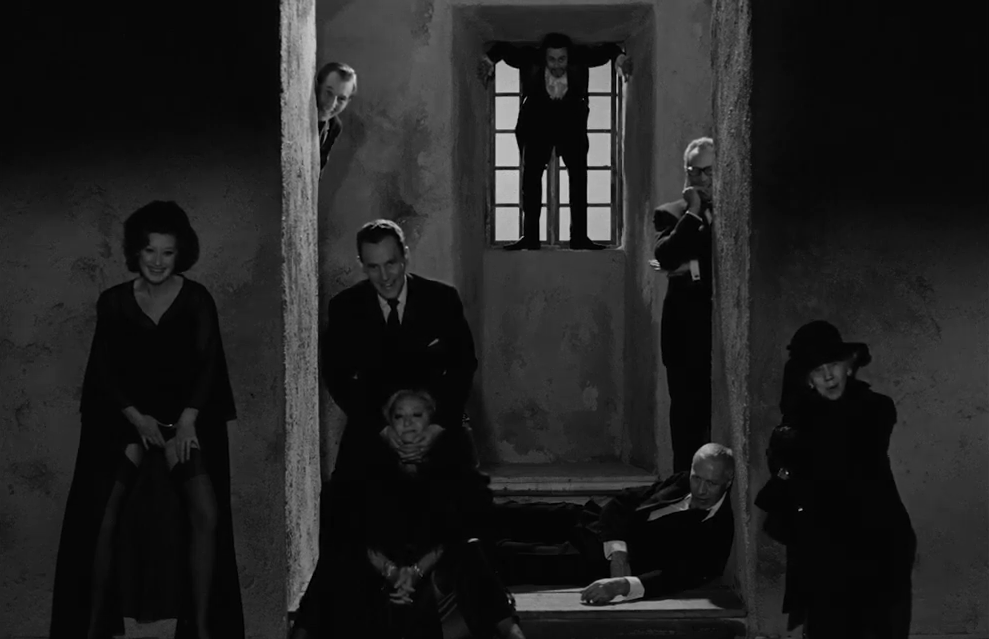
Hour of the Wolf (1968)
As we trace back the steps of one mentally tortured painter through the days before his disappearance in Hour of the Wolf, it becomes clear that no other Ingmar Bergman film has come this close to outright psychological horror, surreally warping our most intimate relationships into vulnerable weaknesses where demons come to play.
-
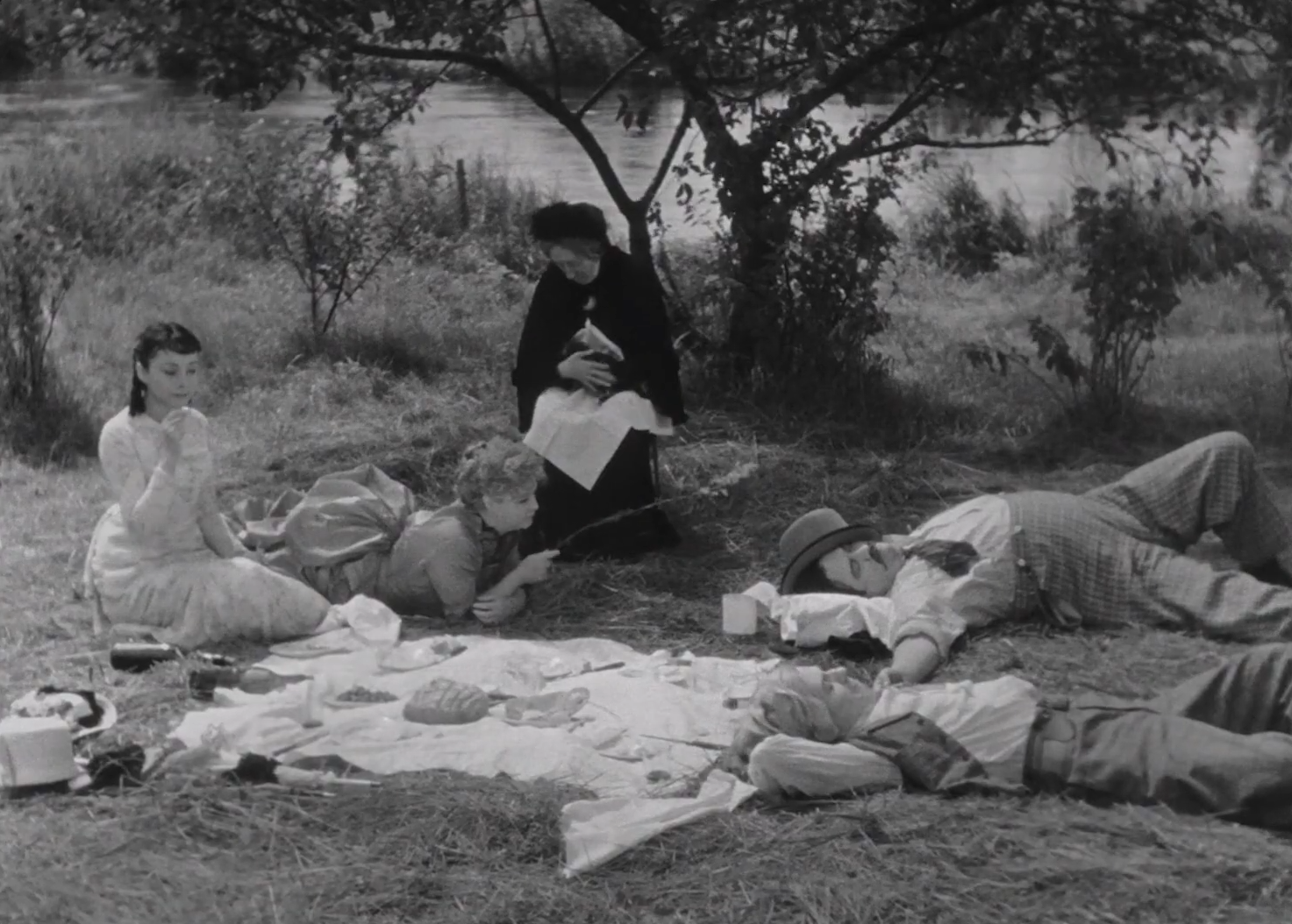
A Day in the Country (1936)
That wistful memories last far longer than the events they are born from is a painful paradox in A Day in the Country, but with a visual style and narrative pacing as elegant as Jean Renoir’s, it is fully possible to recognise the beauty of these moments as they pass us by, manifesting as scintillating…
-
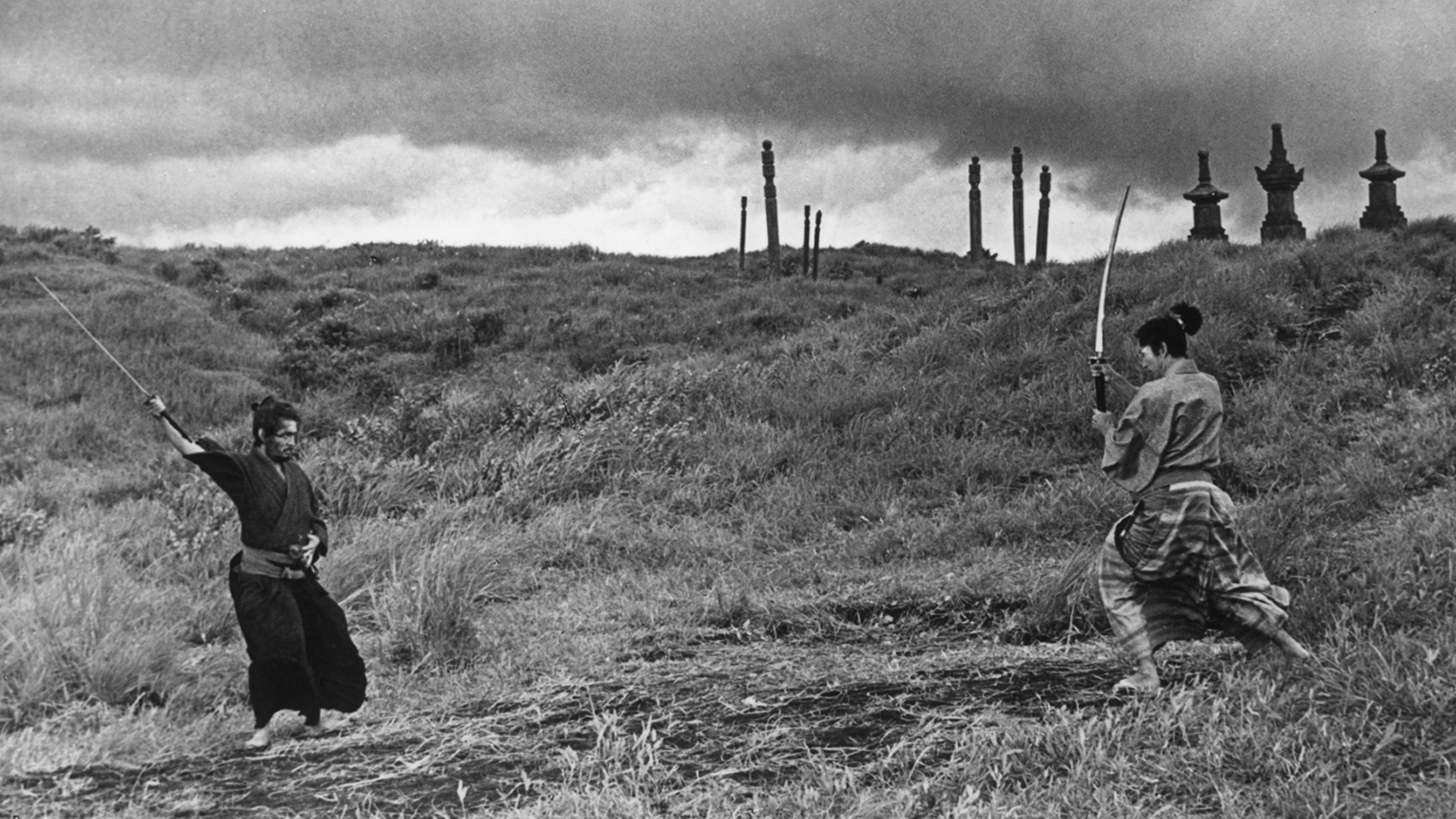
Harakiri (1962)
The corruption of samurai tradition in Harakiri has not merely unfolded through passive spiritual negligence, but rather arises from the flawed humanity hiding behind its facade, as Masaki Kobayashi thrillingly lays out a pessimistic Japanese fable of one man’s violent attempt to expose its total hypocrisy.
-
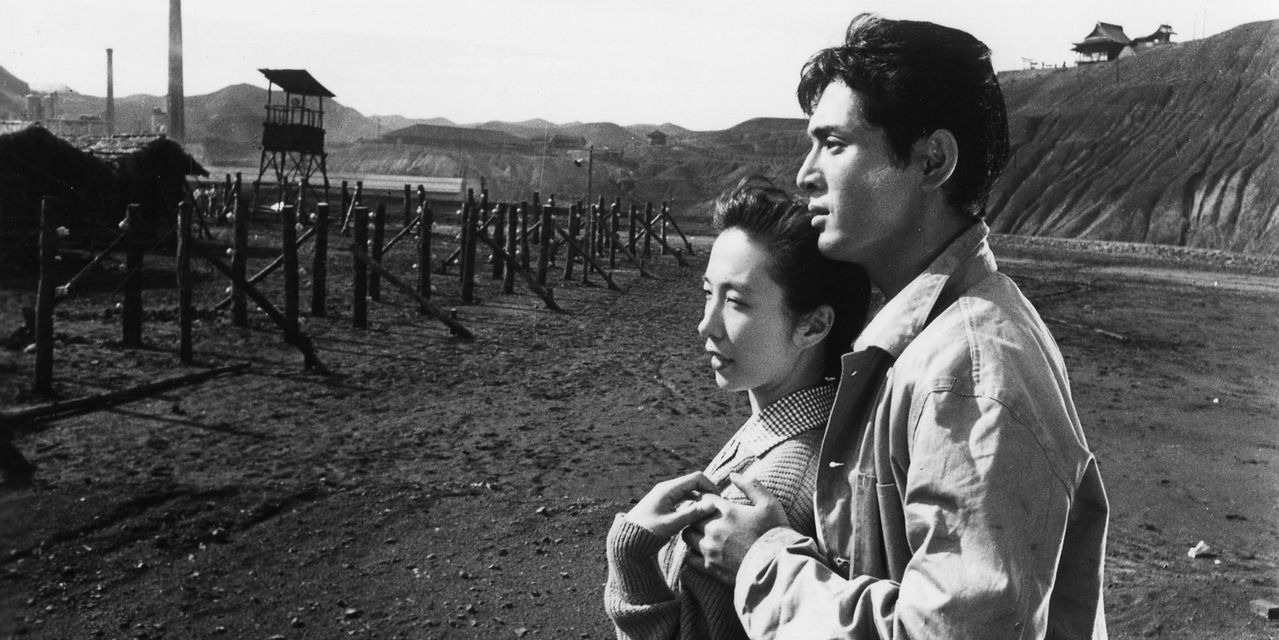
The Human Condition (1959-61)
Japanese soldier, prisoner, and pacifist Kaji seems to live multiple lives across the modern odyssey of The Human Condition trilogy, waging his soul as the last battleground of moral fortitude in the final years of World War II, and becoming the compelling centrepiece of Masaki Kobayashi’s devastating study on humanity’s most vital essence.
-
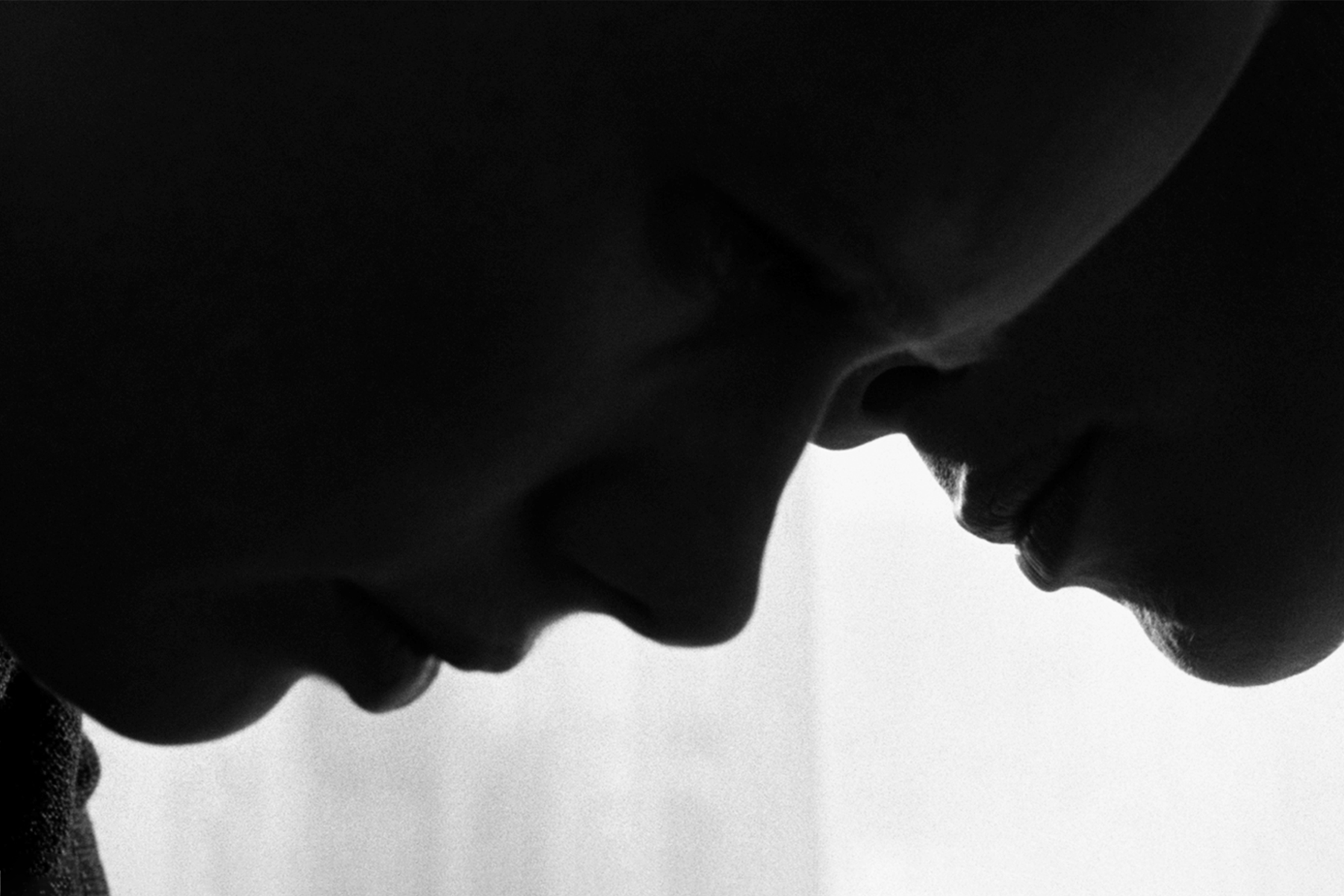
Persona (1966)
The incredible formal synthesis forged between Ingmar Bergman’s intimate visual style and psychological deliberations in Persona may be the finest of his career, blending the identities of two women through an avant-garde surrealism, and studying the perplexing duality which splits the human mind into outward expressions and internal truths.
-

The Killers (1946)
The many acquaintances of one young murder victim each hold a piece of the puzzle to his mysterious death in The Killers, and as Robert Siodmak traces his life back through splintered collections of memories, clues, and treacherous triple crosses, the layers of his fatally obsessive insecurity begin to unfurl.
-
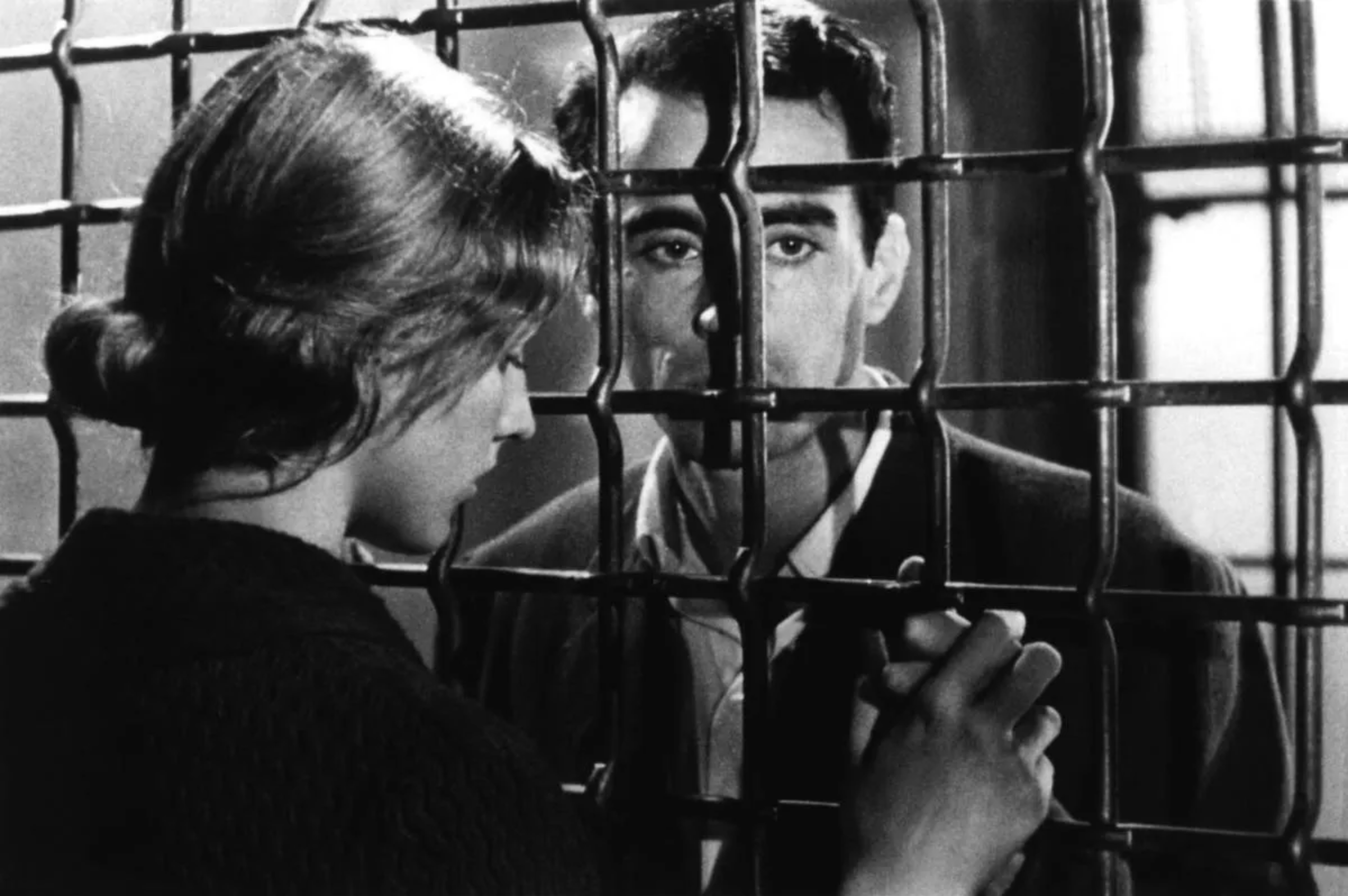
Pickpocket (1959)
The sensitivity that is absent on the faces of Robert Bresson’s actors can be found instead in the dextrous movements of their fingers, palms, and wrists in Pickpocket, drawing a transgressive eroticism from the penetration of personal spaces, and building out a subtle interrogation of one thief’s unlikely guilt.
-
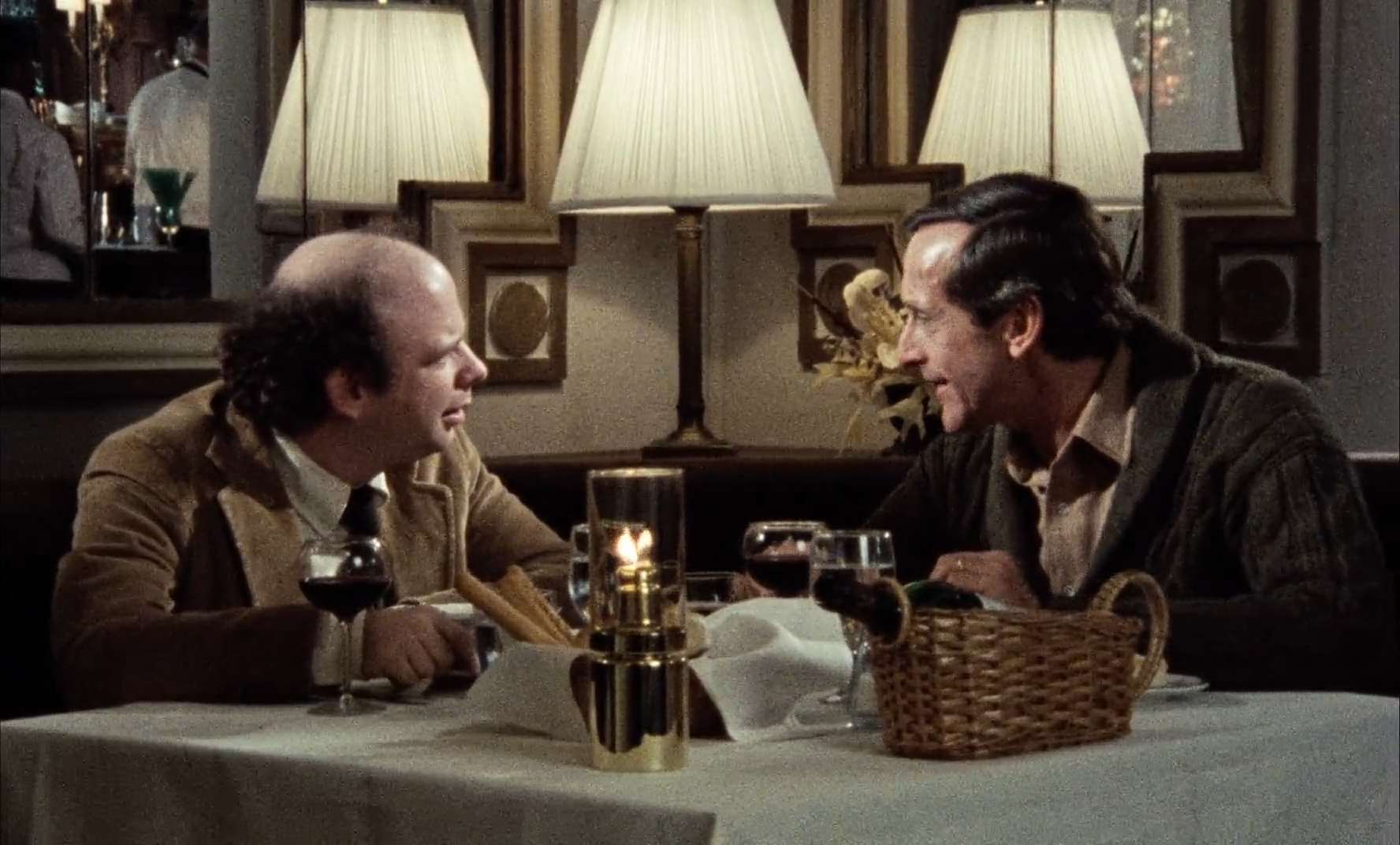
My Dinner with Andre (1981)
There is soulful inspiration found in two old friends simply sharing food and conversation in My Dinner with Andre, compensating for a lack of cinematic panache with a hearty, three-course meal of provocative screenwriting, and representing humanity’s conflicting desires for grand meaning and simple pleasures within the most common of modern-day settings.
-
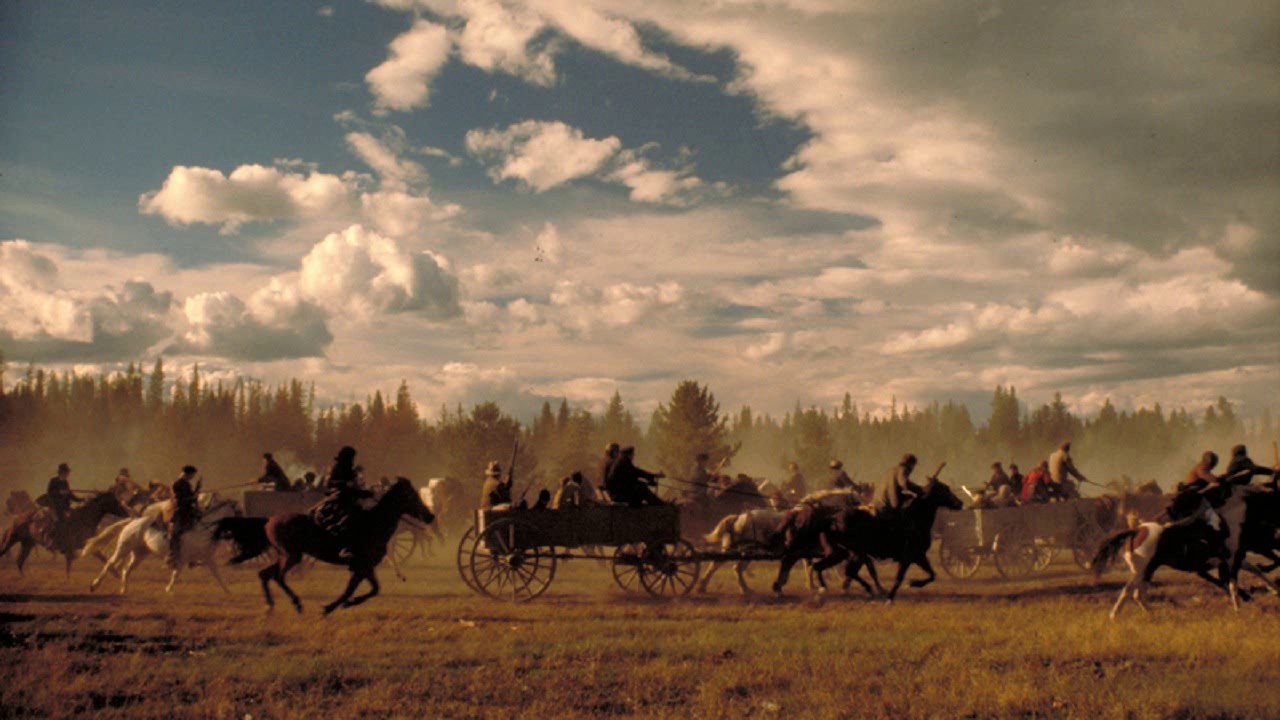
Heaven’s Gate (1980)
It is only fitting that the melancholy lament of changing historical eras in Heaven’s Gate would be reflected in a film so often blamed for ending the New Hollywood movement, and yet time has been kind to this historical box-office bomb, where Michael Cimino skilfully stages an epic Western confrontation between the landowners and European…
-
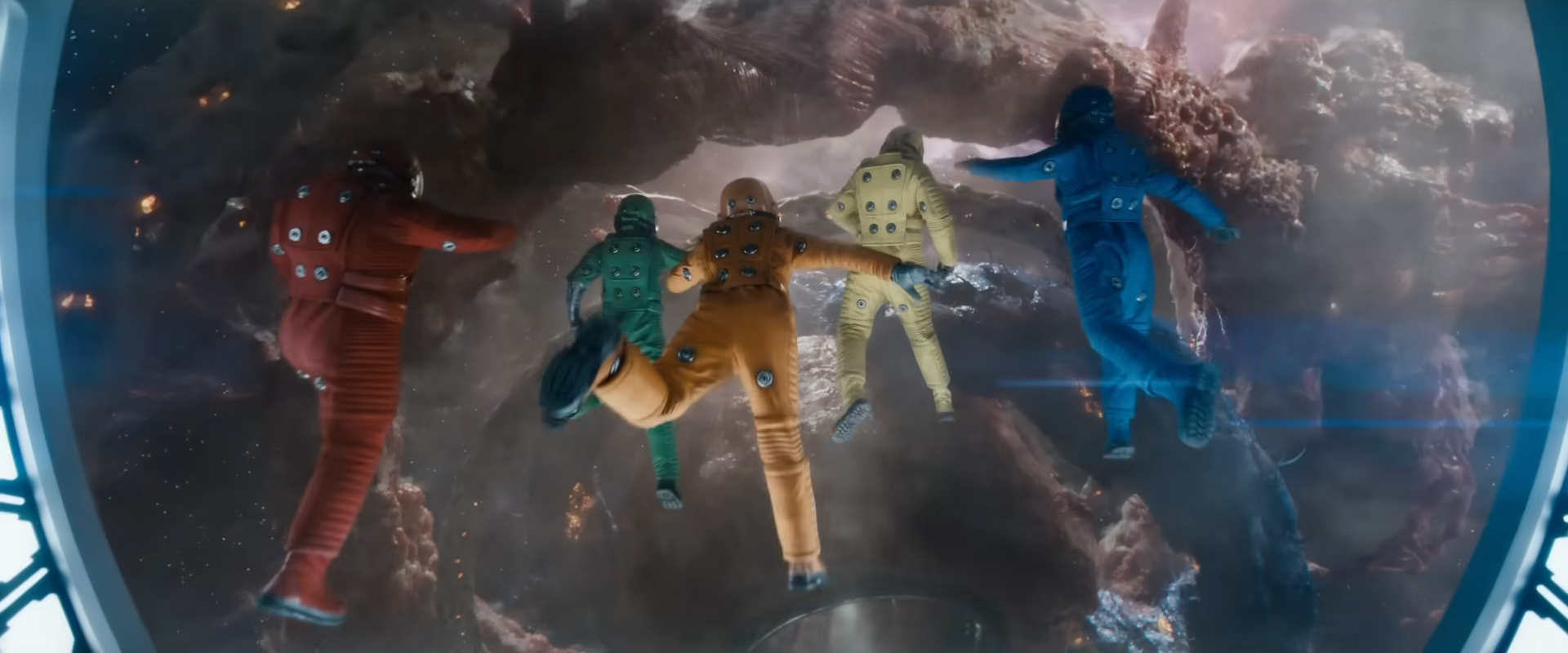
Guardians of the Galaxy Vol. 3 (2023)
As far as storytelling in the MCU goes, the creative tonal balance and cartoonish playfulness of Guardians of the Galaxy Vol. 3 makes for a terrific send-off to the franchise’s most colourfully eccentric series, as James Gunn faces his oddball characters up against painfully tragic pasts.
-
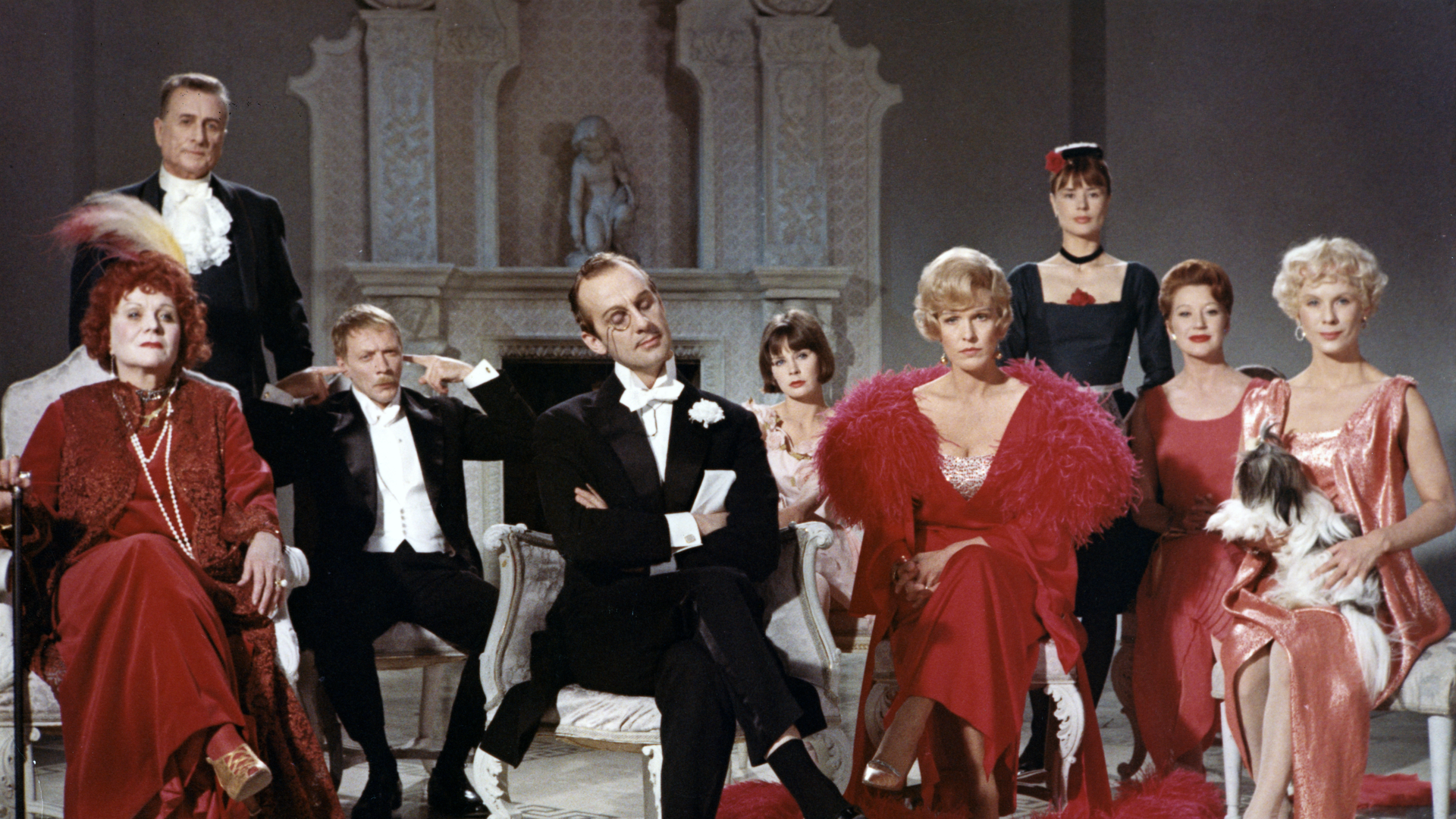
All These Women (1964)
Men are but faceless idols cycling in and out of fashion in All These Women, hiding with infatuated fanatics behind facades of highbrow culture, and pulling at least one absolute truth from Ingmar Bergman’s sumptuously irreverent satire – art has no real relevance to the narcissistic pretensions of artists.
-

The Silence (1963)
In place of open dialogue between characters in The Silence, Ingmar Bergman leaves an apathetic void of love and communication, formally manifesting his long-running existential fears of an unresponsive, godless universe within a stifled relationship between estranged sisters.

